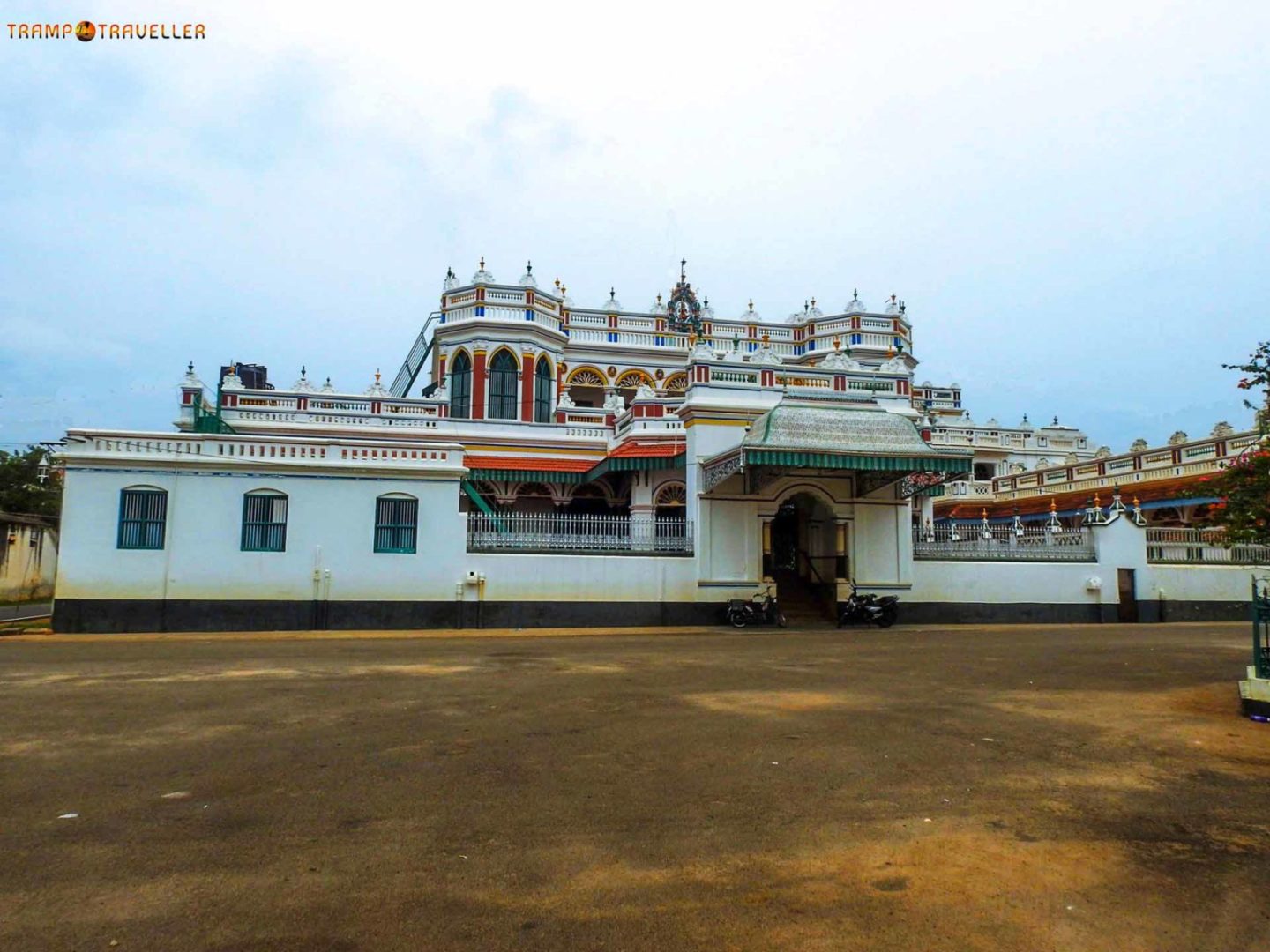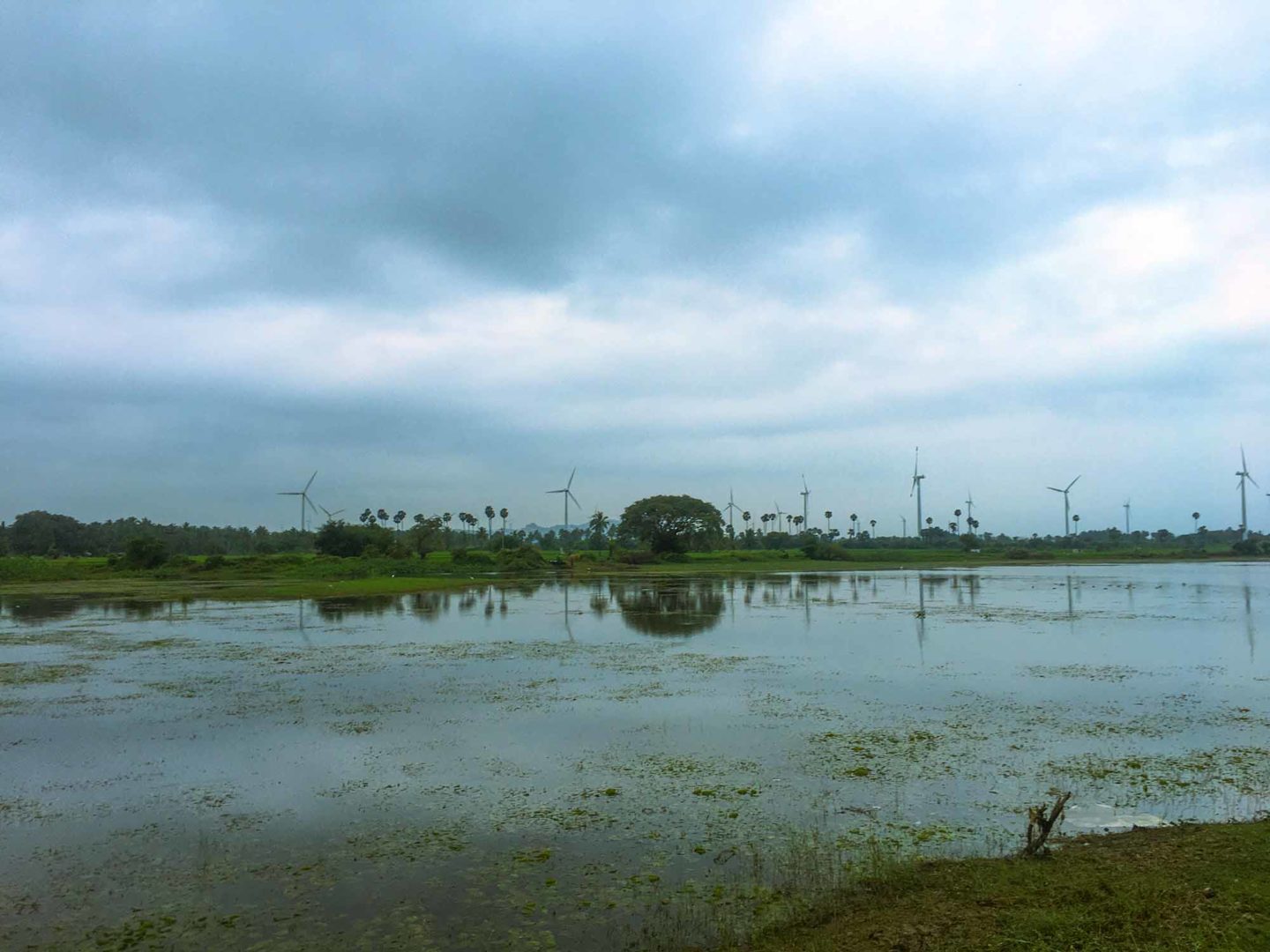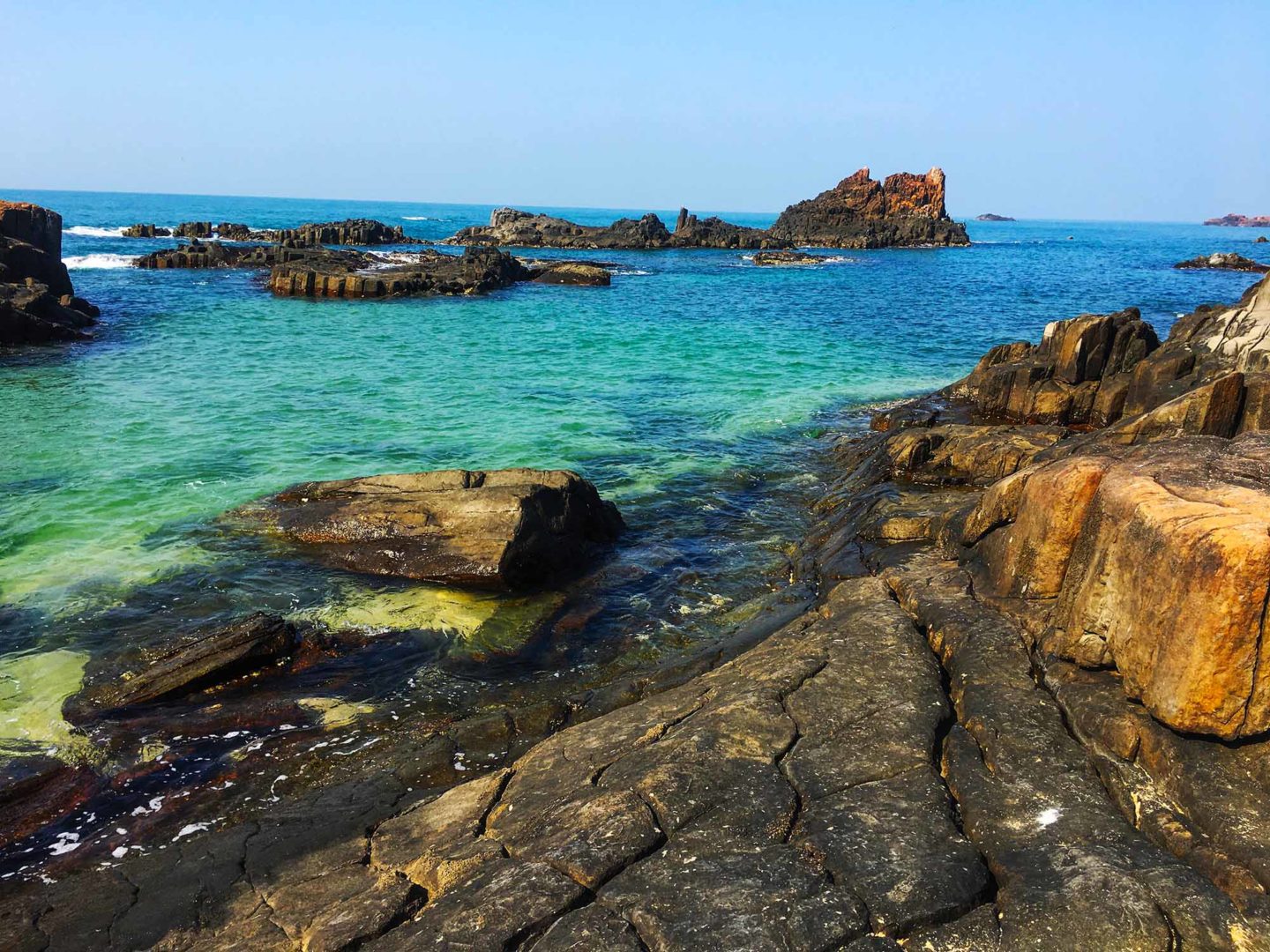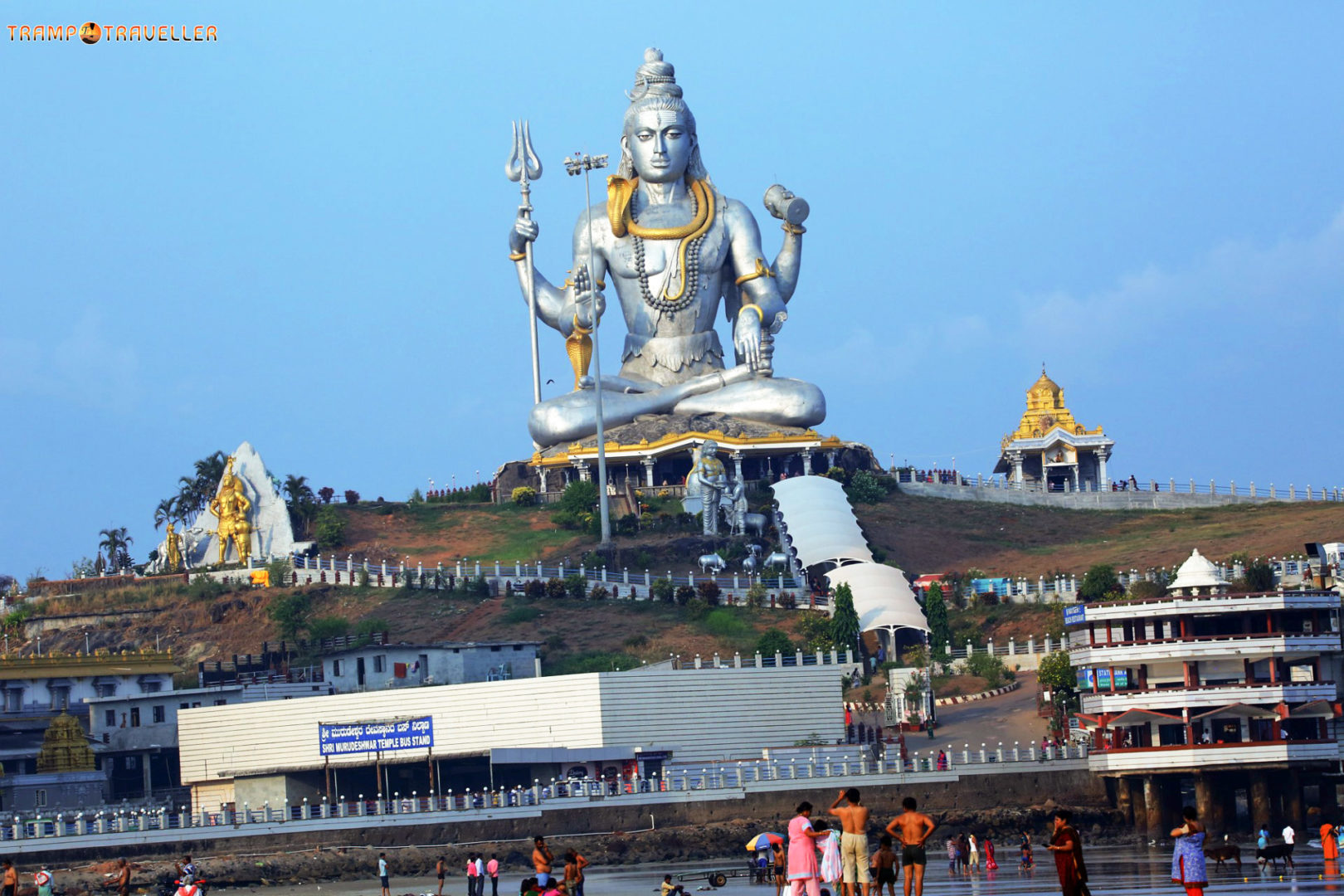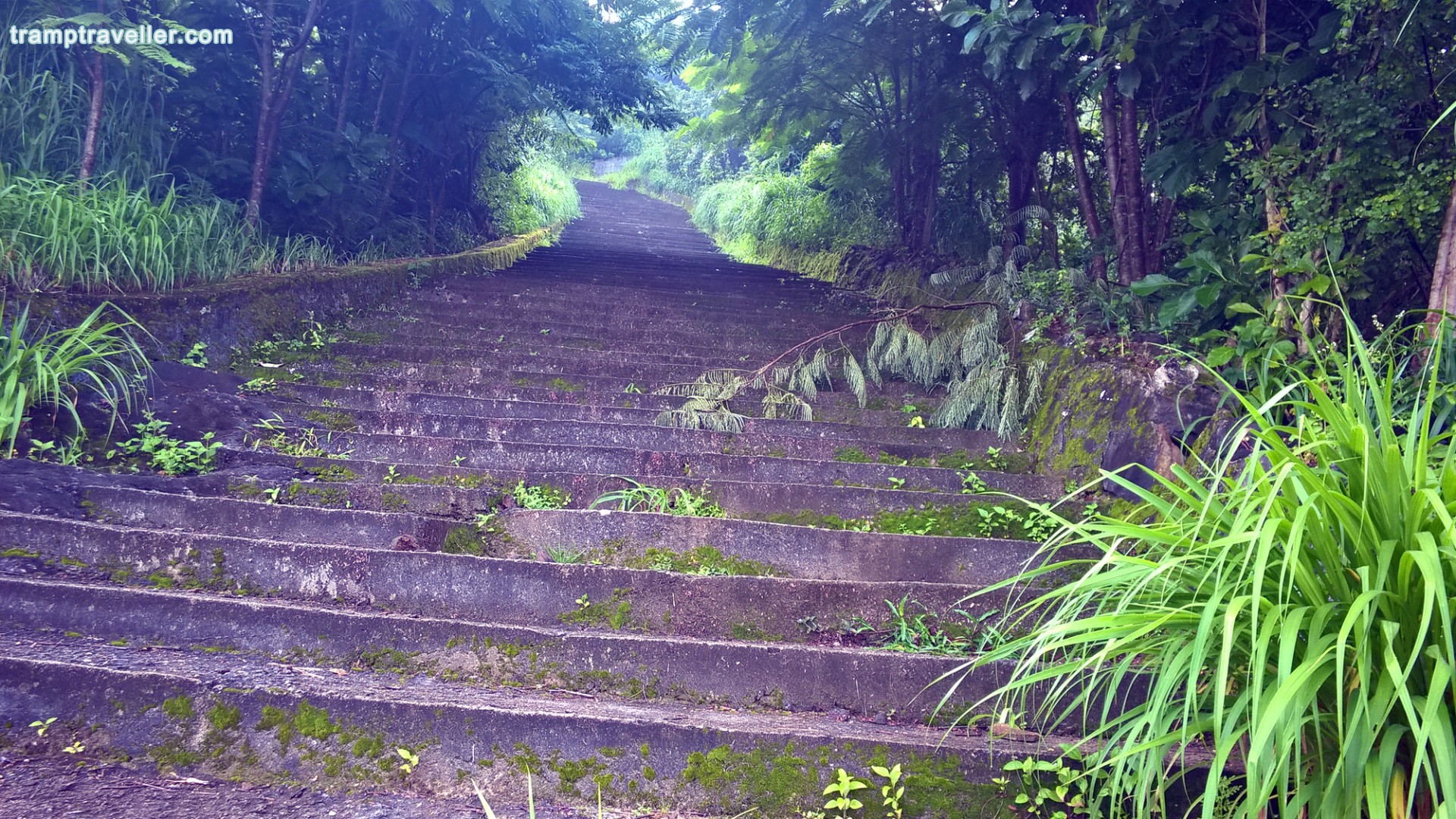The Awe-inspiring Artworks at Somnathpur.

The diversity in the art of sculpting in India is famous all around the world, and we are proud of it. Those who travel know thousands of known and unknown carvings and art palaces in different parts of the country. Hampi, Thanjavur, Pattadakal, Badami Cave, Ajanta Ellora, Taj Mahal, etc are only a few of them. The administrators who constructed these as well as their regnal periods are not only praiseworthy, but have also found their places in historical documents. However, when we see these forms of arts, something that we need to give attention to is the lives of slavery and suffering undergone by hundreds and thousands of artists, lives of those who fell dead or were killed during construction, the blood-stained tears that these vibrant creations of art speak of. It will be a big mistake not to remember them.
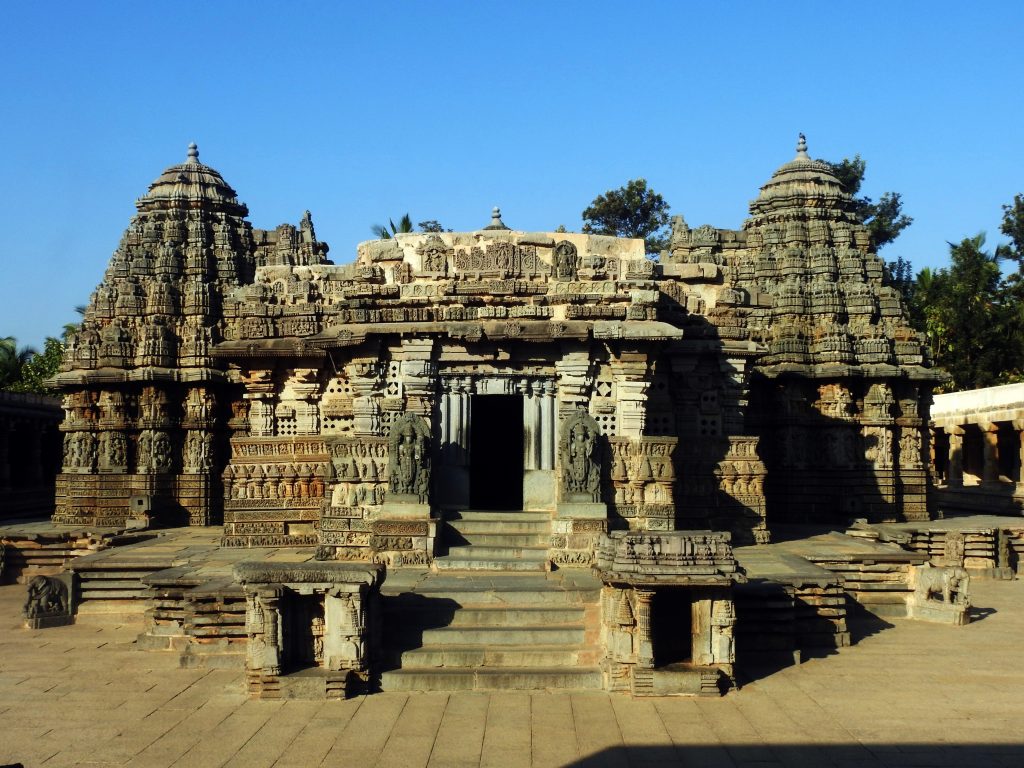
Once, during a trip, I reached Mysore. As I reached late, I stayed there. After having dinner, I browsed the net to see what was there to see in Mysore. I have already seen almost everything in Mysore years back. As I surfed through the net, I came across a wonderful sight, the Chennakesava Temple at Somnathpur. I was wonderstruck as I saw the photos of the temple – an amazing creation in stone. I didn’t have to think much. I decided to visit Somnathpur in the morning. I couldn’t sleep that night. I was wondering how I left out this one, because I have travelled around Mysore 3 or 4 times. Maybe, this is the right time for me to visit this temple. I covered my head with the counterpane and tried to catch some sleep.
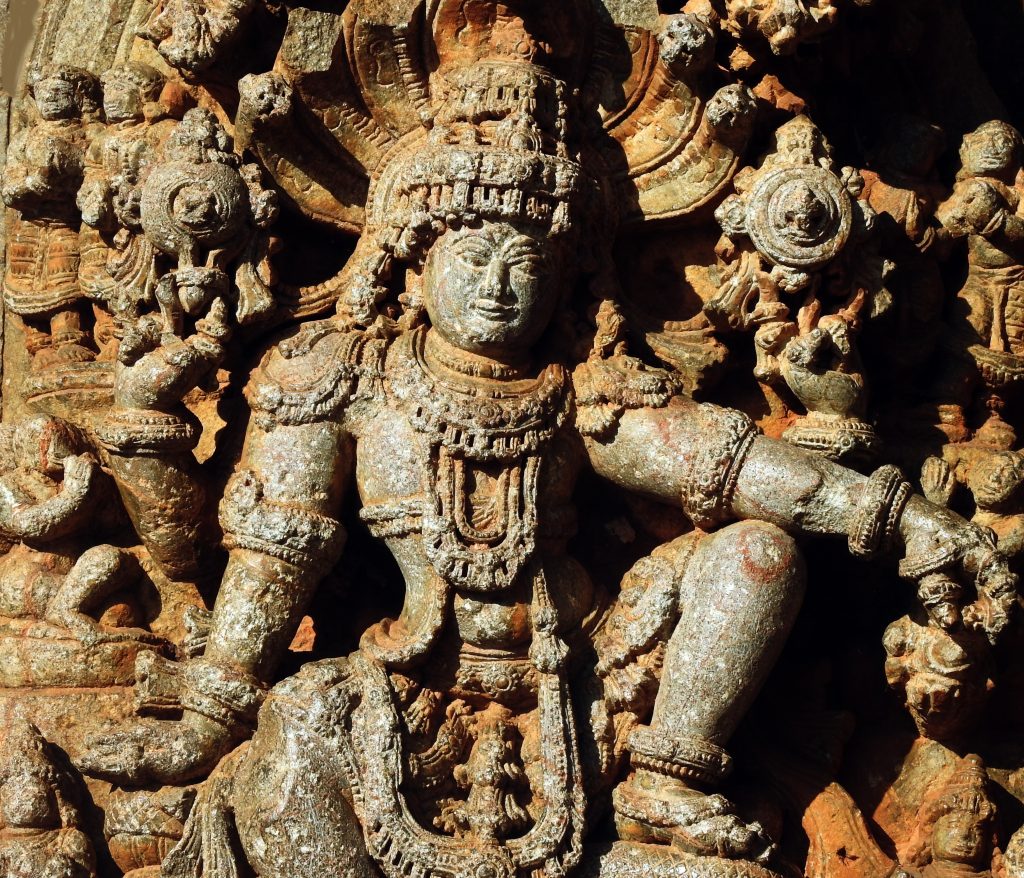
I woke up to the sound of the alarm clock. I got ready and early morning itself, I started my journey to Somnathpur. I thoroughly enjoyed the beauty of the Karnataka villages on the way. I could see extensive paddy fields and courtyards shining in daybreak sunlight. The Chennakesava Temple is situated in the village of Somnathpur (Somanathapura) which is around 35 km away from the city of Mysore. I reached the entrance of the temple at 7.30 a.m. Only when I reached there did I come to know that the temple will be opened at 9 o’ clock. The visiting time is 9.00 in the morning till 5.30 in the evening.
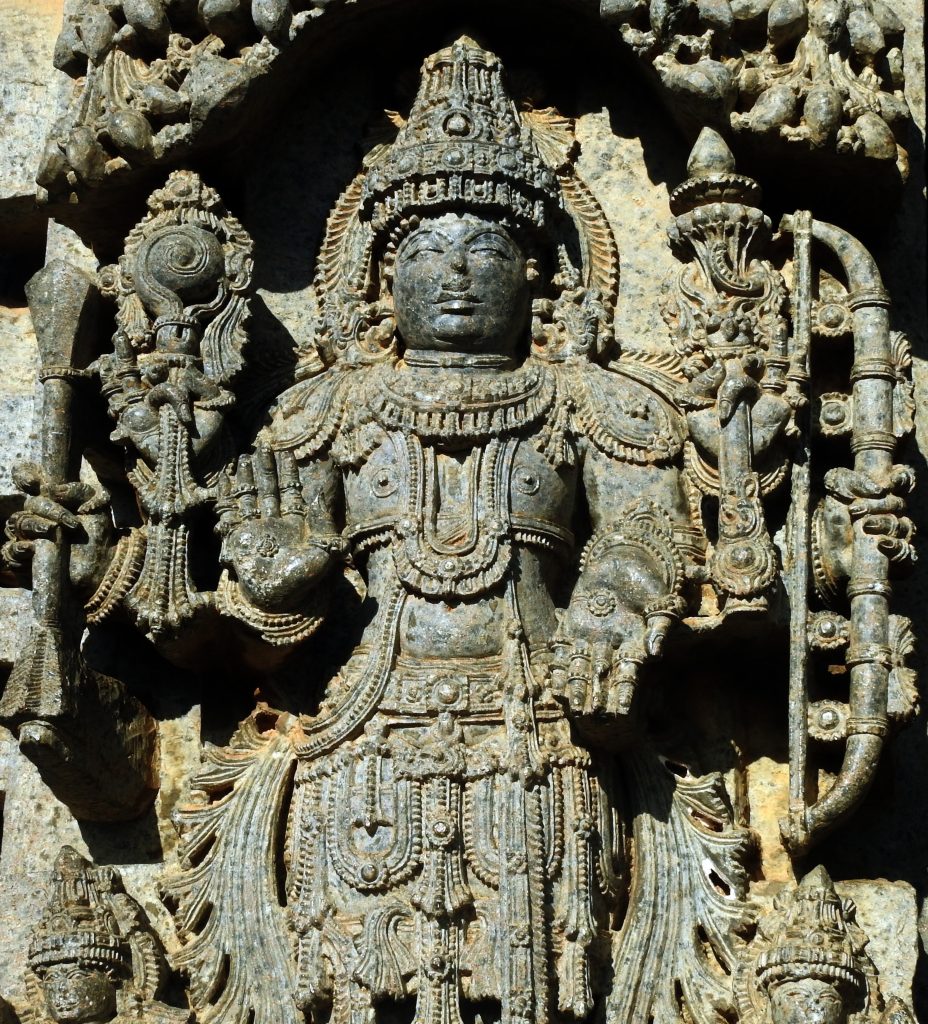
I decided to stroll around so that I don’t waste my time waiting for the temple to open. I saw small houses painted in different colors. Women could be seen coming out of their houses to fetch water, and men sat lazily with beedi stub (Indian cigarette) in their mouth – a normal village scene. I came back after a saunter, and still, the temple was not open. I went to the nearby tea shop (it couldn’t be called a tea shop though!). I had hot Idli and Vada. By the time I finished my food, the temple was opened. I got a ticket. A guide came to me saying that he will take me through and explain everything regarding the temple.
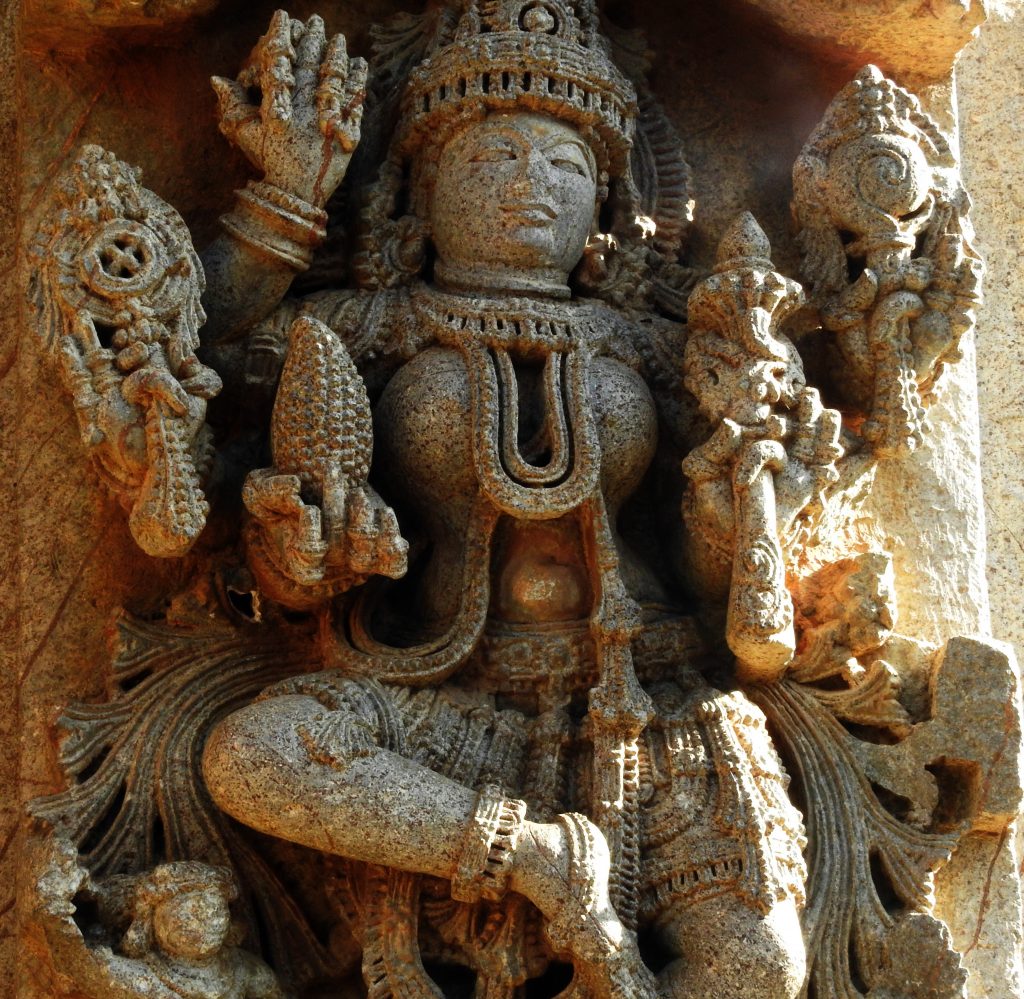
We talked and fixed a rate and went towards the temple. I was awestruck by what I saw as I entered the temple. There were beautiful sculptures in front of me, the charm of which could not be described in words. We will be astonished if we take a close look at these works. Each piece of sculpture and other carvings were done with such care. The forms were so complete that unknowingly, I touched them to see if they were really made in stone. The ornaments and dresses of each piece of sculpture have been engraved with scrupulous exactness. The Chennakesava Temple was built in 1268 during the reign of the Hoysala King, Narasimha Somnath III. The deity of this temple is Vishnu.

On a stone at the entrance were some writings in old Kannada letters. The temple is actually comprised of 3 temples dedicated to Shiva. I have not seen any other temple that so beautifully reflects the architectural style, grandeur, and intricate hand craft of the Hoysala Dynasty as this one. The outer wall of the temple is covered inch by inch with beautiful carvings. All the walls are made out of huge slabs of stones arranged one on top of the other. The sculptors who carved these stones and turned them into different representations and symbols of stars deserve heartfelt appreciation.

The walls inside and out of the temple are engraved with different gods and goddesses. I know that there was a custom during the rule of the Hoysala Dynasty where the names of the sculptors were carved on a stone. It can be seen here also. At one spot are portrayed Ramayya, Mahabharat, Krishna Leela and such Hindu literary letters. At present, the temple is under the Archaeological Survey of India. As it was getting late, I decided to take leave of this tent brimming sculptures.


